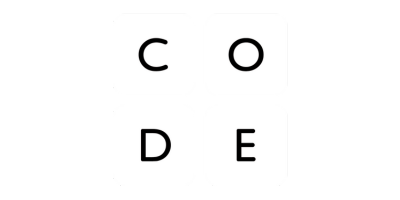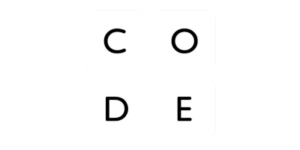Prioritized foundational content specific to X + CS:
see below
see below
see below
This course builds upon the student’s previous experiences in computing and in art in order to provide opportunities for students to exercise their creativity and develop their portfolio in art by leveraging computing technologies. Content covered in this course may include:
Designed for students who have completed a foundational computing course as well as a foundational journalism course, this class exposes students to computational techniques and issues related to journalism, including:
This course, designed for students who have completed a foundational computing course as well as an introduction to the humanities, explores various techniques of digital humanities. Topics considered within the humanities are vast and thus, this course can be offered thematically. Students might, for example, develop digitized topographical maps to better understand historical battles (history lens), migration patterns (sociology lens), or artistic works (fine arts lens). Content covered in this course may include:
This course builds on students’ previous experiences in an introduction to biology and a foundational computing course in order to develop knowledge and skills related to computational biology, including:
see below
View the Implementation and Integrating CS pages to learn more about how to teach foundational and specialty content to students.
This project is supported by the National Science Foundation (NSF) under Grant No. 2311746. Any opinions, findings, and conclusions or recommendations expressed in this material are those of the author(s) and do not necessarily reflect the views of the NSF.













